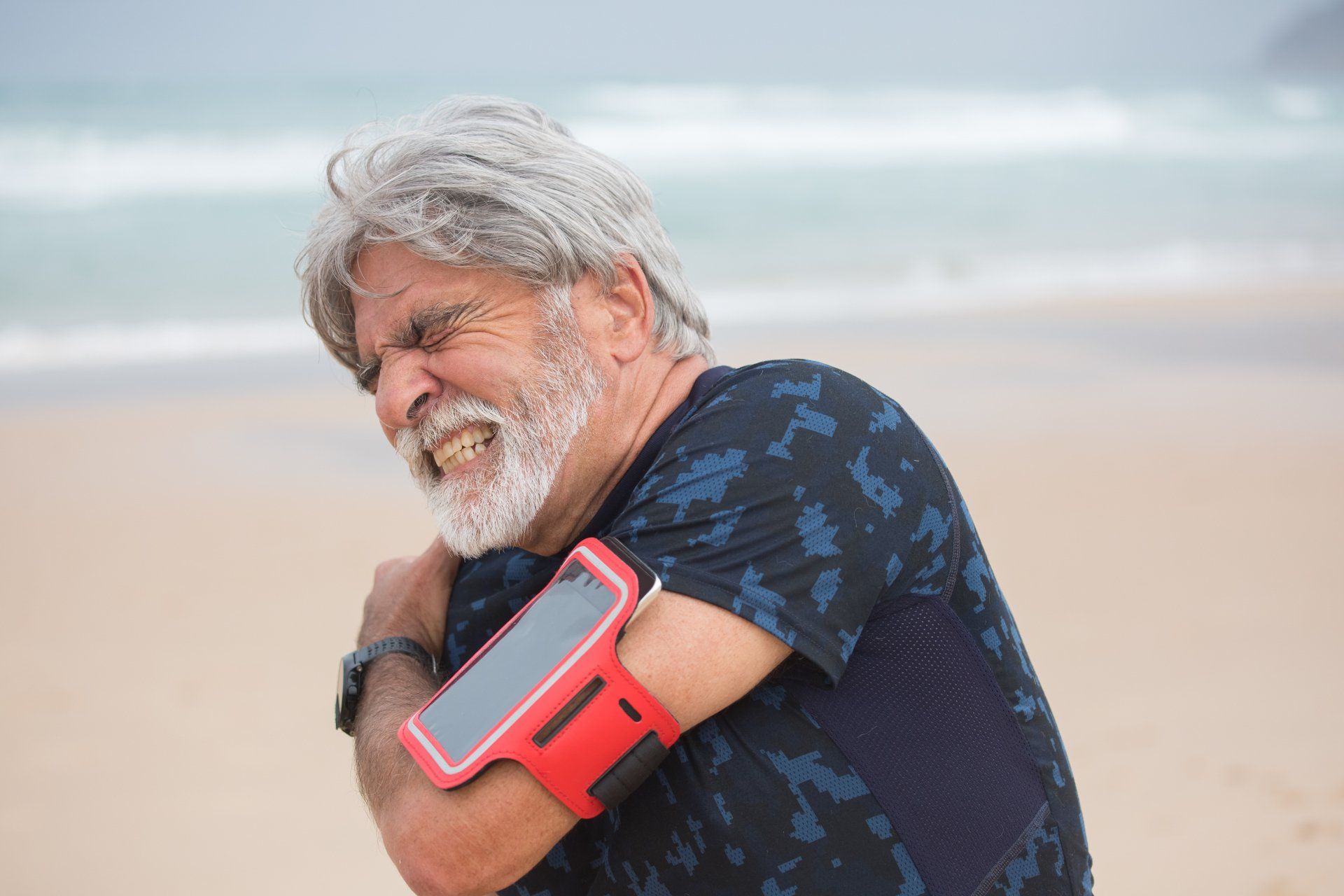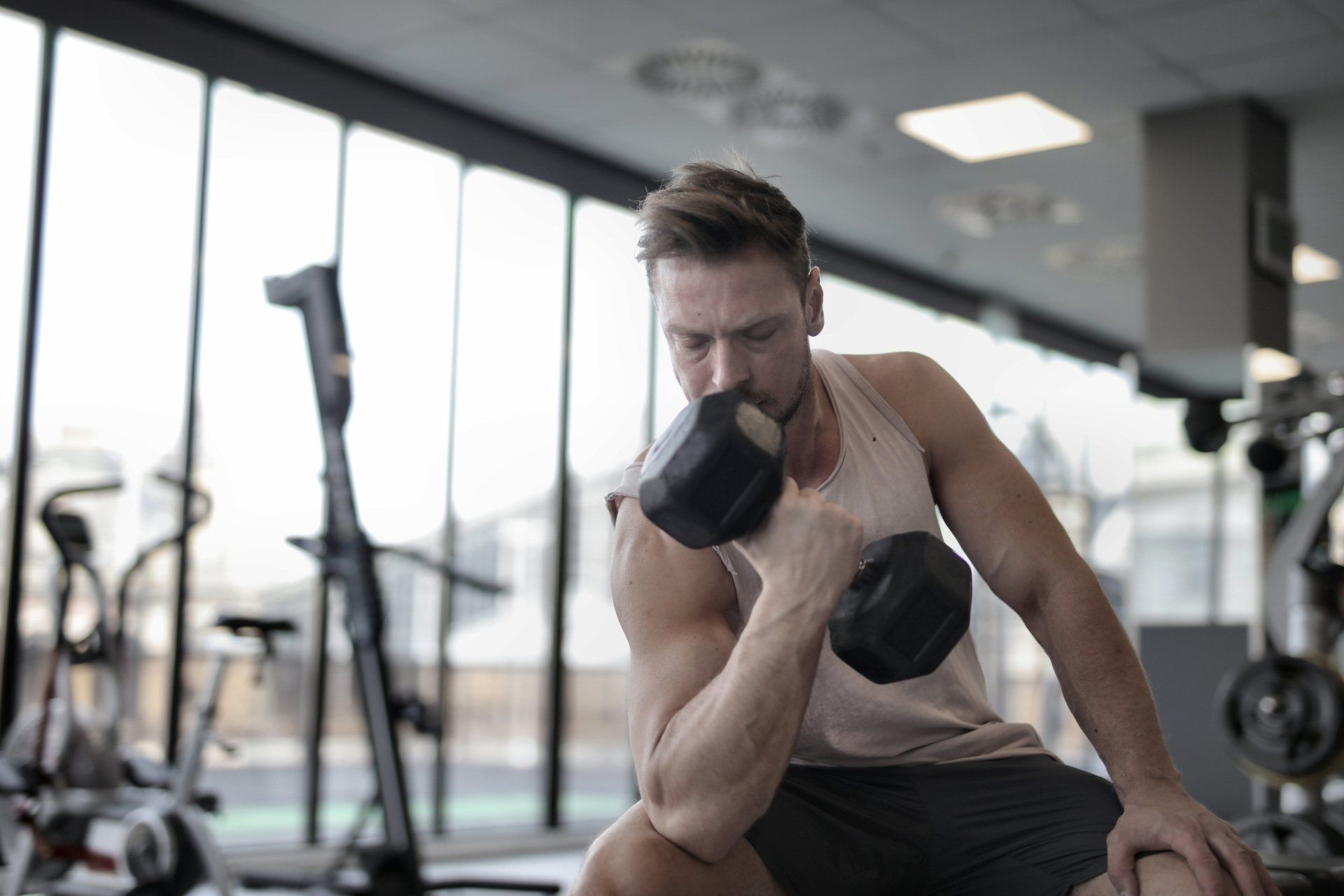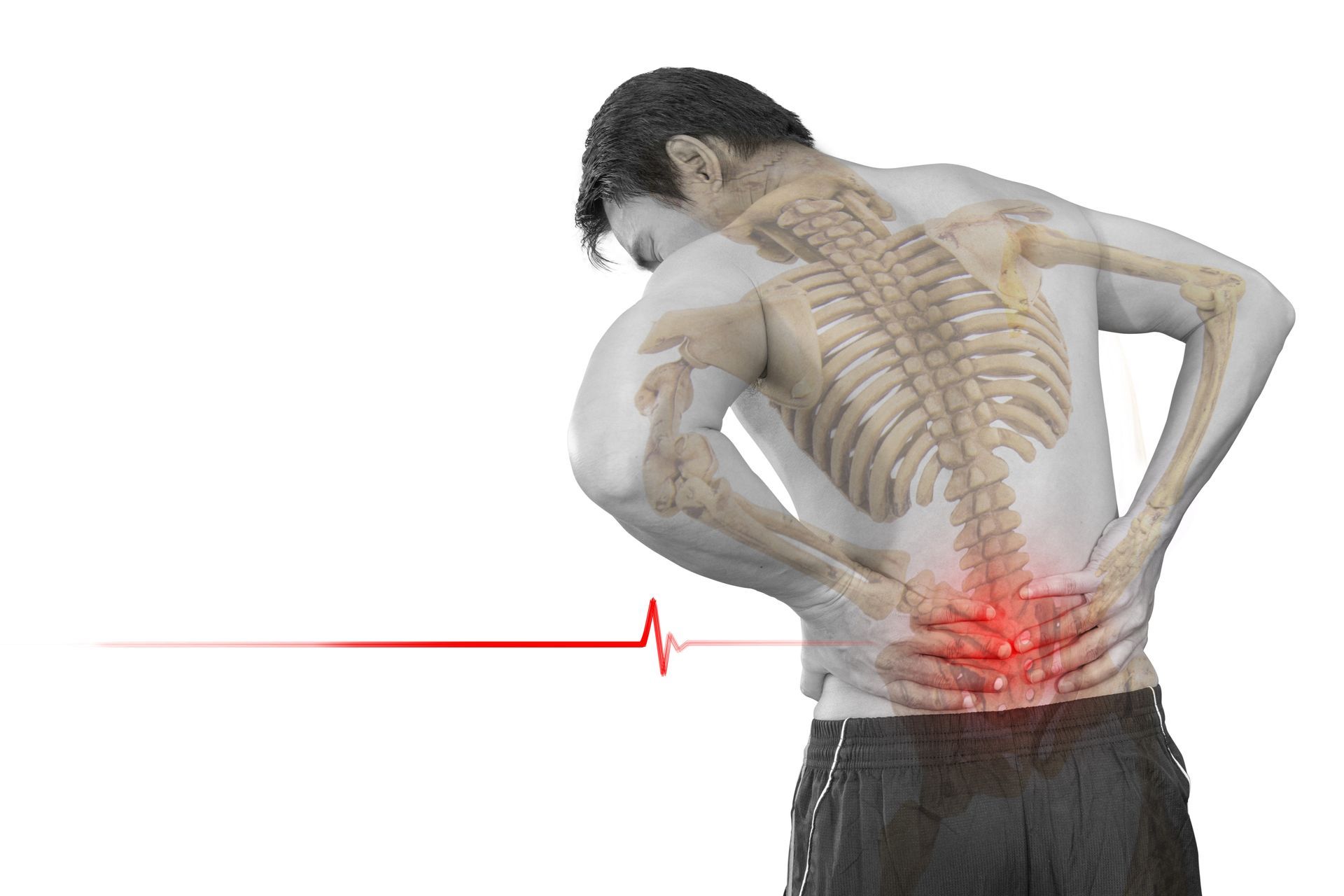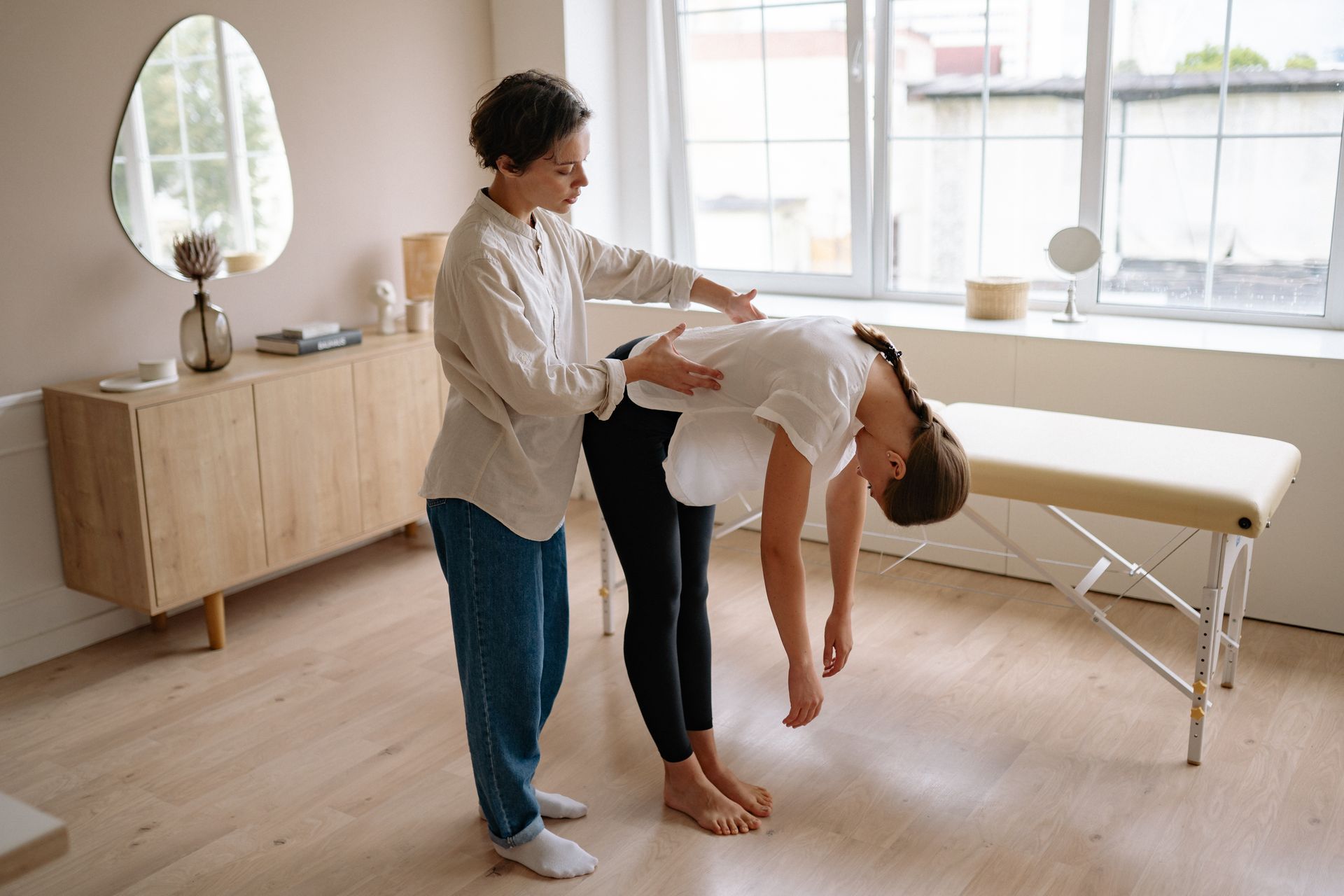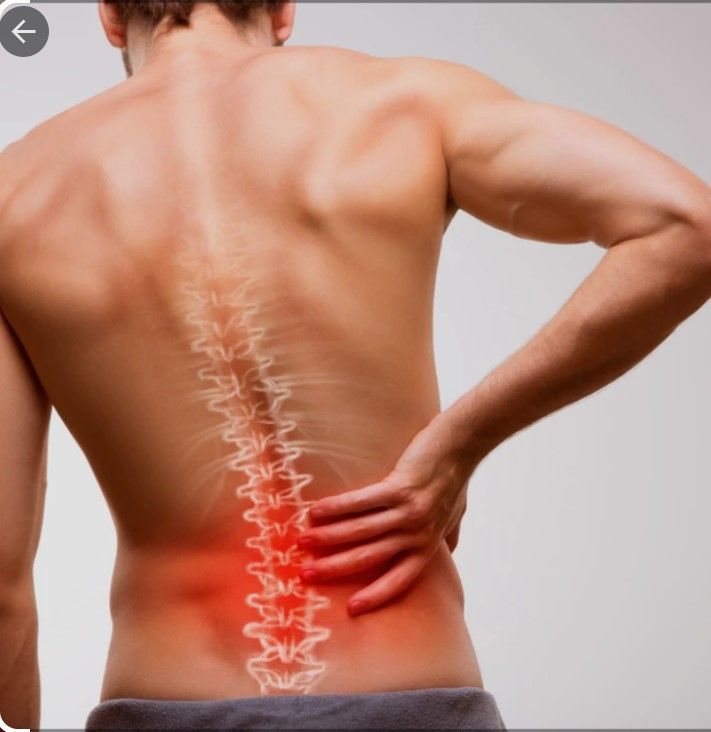Training the spine: effective strategies for scoliosis patients
Learn how to maximize the results of your physical therapy while minimizing the risk of injury with our guide to safely training with structural scoliosis.
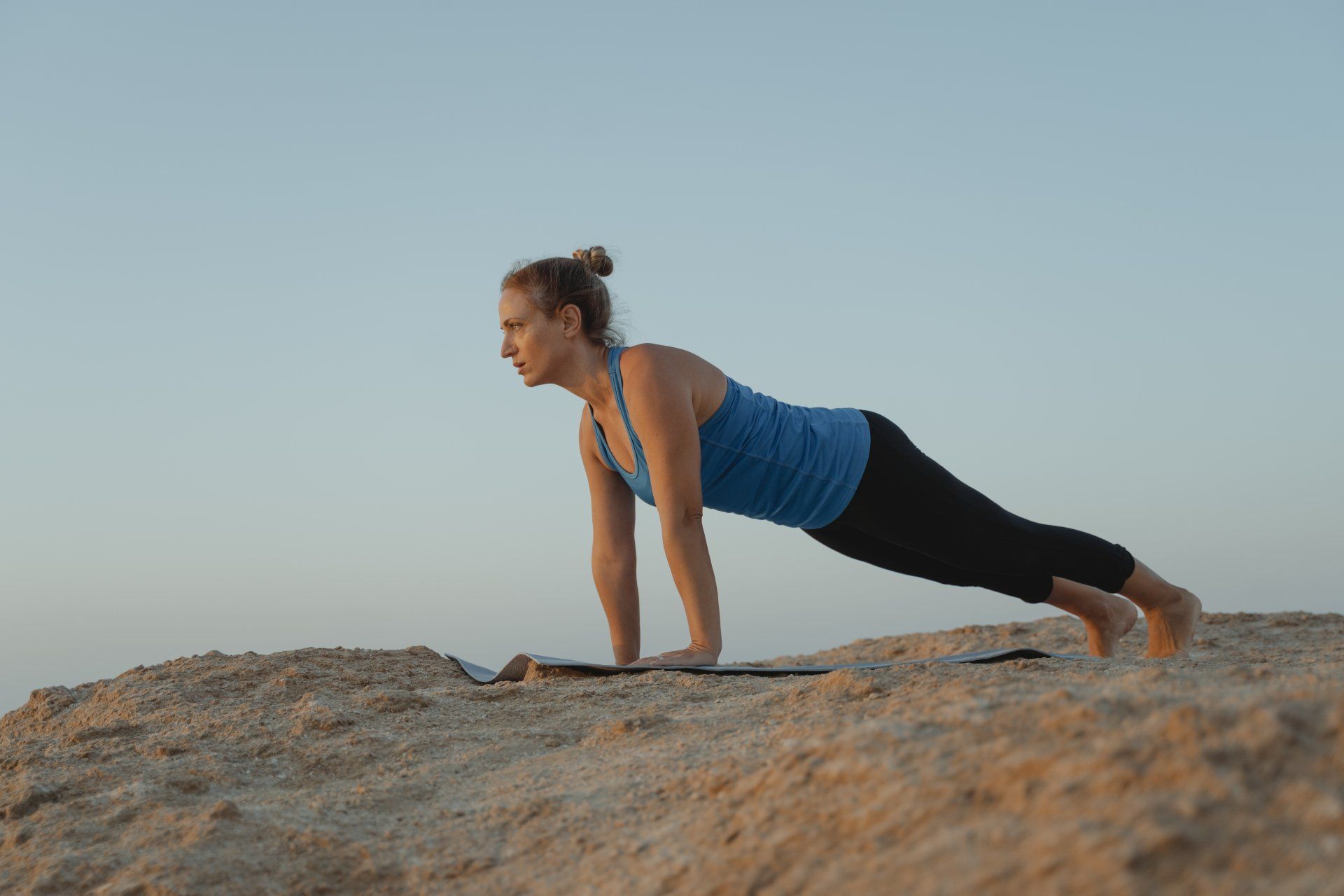
Exercise Tips For Adults With
Structural Scoliosis
Adults with structural scoliosis face unique challenges while exercising. It can be difficult to exercise safely and effectively without proper guidance and exercise tips. This blog post provides exercise tips to help you make the most of your physical activity. We cover safety tips, guidelines, stretching and strengthening exercises to improve your posture. These tips will help you exercise safely and effectively with scoliosis.
Exercising With Structural Scoliosis: Safety
Tips And Guidelines.
Exercising with structural scoliosis can be challenging, but it doesn't have to be. Adults with structural scoliosis can still participate in fitness and weight training with the right safety tips and guidelines. Before beginning any exercise program, it's essential to consult a physical therapist.
When exercising with structural scoliosis, exercises such as back squats, pull-ups, and all types of jumps can be more dangerous due to the load on the shoulder curve. For milder cases (10-20 degrees), any exercise is generally safe as long as the correct technique is used, and the load progression is gradual. Subjects with more severe conditions (30+ degrees) must take extra caution and lower loads and repetitions during exercises such as squats or snatches from the scoliosis curve to avoid injury or worsening of the condition.
It's important to note that pain should not be present during exercise for those with scoliosis. If pain occurs, it could mean an incorrect technique was used or that something more serious, such as worsening of the condition, exists requiring further action. Stretching and strengthening exercises help improve posture stability over time, reducing the risk associated with activities that involve repetitive motions, especially when done incorrectly, such as running, swimming, and sports.
Following these tips for exercising safely with structural scoliosis allows individuals to enjoy physical activity without fear. Remember to prioritize proper form before increasing intensity and take it slow at first until you're comfortable with correct form each time you train your body.
Exercising With Scoliosis: Tips For A Safe And
Beneficial Workout.
Exercising with scoliosis can be a daunting and difficult task. However, it is possible to have a safe and beneficial workout if you know the right tips and tricks. Below, we'll explore some exercise tips for adults with structural scoliosis that will help them work out safely while still achieving their fitness goals.
One important consideration when exercising with scoliosis is the psychological impact that this may have on an individual in terms of fear or anxiety related to physical activity. It may be beneficial to limit the amount of exercises done by a novice, particularly those that involve shoulder strain, to prevent potential injury or discomfort from occurring due to lack of experience with these activities.
Push-up exercises can still be performed without putting too much strain on the shoulders, as long as stability and control are maintained throughout the exercise. Pull-up movements usually do not cause any axial compression in one's spine and so can safely be attempted for individuals with scoliosis if they feel comfortable doing so after consulting their doctor or physiotherapist.
Physical therapy should also form a part of an adult’s exercise regime when suffering from scoliosis. As well as stretching muscles weaker than those affected by curvature, physical therapists may also incorporate strengthening exercises such as squats, planks, bridges etc... into a patient's routine in order to improve overall back health rather than attempting self-correcting maneuvers. Posture awareness should also be considered when performing any type of movement during workouts so as not to exacerbate existing spinal issues or put unnecessary strain on weakened areas.
In conclusion, exercising with scoliosis doesn't have to be difficult; it just requires knowledge about what types of movements are safe for your body type and careful consideration when attempting certain activities. With these tips in mind, you will soon find yourself feeling more confident in your workouts, knowing that you are taking care of your back health!
In A Nutshell
Exercising with structural scoliosis can pose difficulties, but it need not be so. With appropriate tips and guidance, adults with scoliosis can still engage in physical activities safely and effectively. Certain exercises, such as stretching and strengthening routines, as well as participating in low-impact activities like push-ups and pull-ups, can be done carefully. It is crucial to have a session with a physical therapist before embarking on any physical activity program, especially if you have a more severe spinal curvature of 30 degrees or greater. Adopting proper form and proceeding with caution when venturing on new activities will ultimately give you the confidence to exercise and feel great while ensuring your back's well-being. Start engaging with structural scoliosis under calculated measures today!



